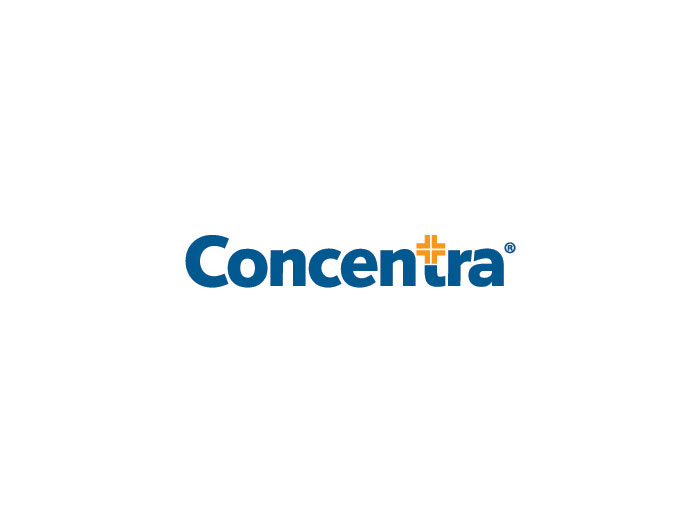Insurance Faces Triple Threat From Climate and Environmental Risks

Extreme heat events, fungi adaptation to higher temperatures, and rising plastics litigation as three emerging risks that could significantly impact the insurance industry across multiple lines of business, according to Swiss Re’s annual SONAR report on new and evolving risks.
“Climate change is driving extreme heat and fungi-related risks. More frequent heatwaves increase the risk of accidents, electrical outages, wildfires and put stress on health care systems,” Swiss Re stated. “Warmer temperatures also enable fungi to thrive, and many are becoming resistant to the few available fungicides. This could lead to more claims for toxic mold in buildings and multi-drug-resistant fungal infections in humans and crops, potentially affecting property, casualty and agricultural insurance.”
In addition to focusing on the most pressing emerging risks, the Swiss Re SONAR report also points to structural risks that impact insurers, which include: declining trust in institutions, aging populations, social inflation, mortality risks and digitalization.
“One major structural risk is the significant lack of consumer trust in insurers, as surveys indicate,” Swiss Re said. “This affects policy sales and can lead to reputational issues and regulatory pressure. Another concern is tort law, where the severity of insurance claims surges beyond what is caused by economic drivers, particularly in the U.S.. This challenges the liability insurance business and reduces the capacity for risk transfer.”
Extreme Heat Creates Widespread Insurance Exposures
The insurance industry faces mounting pressure from increasingly frequent extreme heat events, with 2024 marking the hottest year on record and July 2024 registering the three hottest days ever recorded. During the period from June 2023 to April 2024, 76 heat waves occurred across 90 countries, exposing more than 6 billion people to at least 31 days of extreme heat conditions, according to the report.
The frequency of heat waves in the U.S. has steadily increased from an average of two per year to six per year during the 2010s and 2020s. Heat waves in major urban areas now last an average of four days, about one day longer than in the 1960s, while the overall heat wave season has expanded in many locations.
Property and specialty lines face significant exposure as extreme heat damages corporate fixed assets, the report notes. The World Economic Forum projects that extreme heat conditions will drive annual losses of $404 billion to $448 billion across all publicly traded companies by 2035.
Infrastructure disruptions affecting power delivery, roads, bridges and buildings can trigger both property damage and business interruption claims. The correlation between heat waves, droughts and wildfire risk has contributed to $74 billion in global insured wildfire losses during 2014-2023, according to Swiss Re.
Life and health insurers confront rising claims from heat-related health impacts, including exhaustion, heatstroke, kidney problems and exacerbation of cardiovascular and respiratory diseases.
Workers’ compensation claims may increase as workplace accidents become more likely under heat stress conditions. Liability exposures also expand as employers and institutions face legal risks for failing to provide adequate duty-of-care measures, including proper hydration and rest breaks for workers and adequate protection for outdoor event participants, the report says.
Fungi Risks Expand Beyond Traditional Boundaries
According to Swiss Re, the insurance industry faces emerging fungi-related risks from two primary sources: fungi adapting to warmer temperatures and the overuse of fungicides leading to multi-drug-resistant fungal pathogens.
These developments echo the toxic mold crisis of the late 1990s and early 2000s that reshaped parts of property and casualty underwriting, highlighted by cases such as a 2001 Texas jury award of $32.1 million in a mold-related lawsuit, the report noted.
Specialty insurers face elevated risks from crop losses as fungi become more prevalent in warmer climates and spread into new geographies through air and water distribution pathways. Fungal infections can severely impact crop yields, potentially leading to food shortages and higher food prices. The spread of mold into new environments creates additional pathways for distribution to previously unaffected hosts and regions.
Property insurers may experience increased mold-related claims as warmer climates generate more severe and frequent flood and storm surge events, the report warns. Water and damp conditions in buildings foster toxic mold growth, particularly at higher temperatures, making more properties vulnerable to mold damage as flooding affects previously unimpacted areas.
Casualty lines face exposure to liability losses from product recall and environmental impairment claims when over- or improper use of fungicides fails to contain fungal spread, per the report.
Life and health insurers confront potential risks from fungi adapting to higher temperatures in humans and warm-blooded animals, with incomplete treatment cycles promoting multi-drug-resistant fungal pathogens that could contribute to higher mortality rates.
Plastics Litigation Poised for Rapid Growth
The widespread use and inadequate disposal of plastics are driving increased litigation across multiple insurance lines, particularly in the U.S., according to the report. The Organization for Economic Co-operation and Development (OECD) projects that global plastic production will reach 736 million tons by 2040, representing a 70% increase since 2020. Less than 10% of single-use plastics are recycled, while more than 25% leak into terrestrial or aquatic environments, the report noted.
Scientific advances in causation and source attribution regarding plastic pollutants could trigger rapid increases in environmental and product liability claims. Research increasingly documents the presence of plastic particles in human digestive systems, bloodstreams, liver, kidney and brain, while chemical additives used in plastic production can harm plant and animal life when released into the environment, according to the report.
Casualty insurers face the greatest exposure, Swiss Re says, as scientific progress in establishing causal relationships between pollutants and their sources provides plaintiffs with evidence linking pollution to specific industries and companies.
Emerging litigation trends focus on public nuisance claims with lighter burdens of proof, deceptive labeling and advertising, and product liability. Cases include, for example, lawsuits against producers of bottled mineral water and baby bottles for marketing products as safe despite leakage of microplastics and additive chemicals, the report says.
Specialty insurers may see rising demand for pollution-related coverage as companies seek protection for legal defense costs and potential settlements related to plastic pollution mitigation projects.
Life and health insurers could face increased morbidity risks, as research suggests correlations between plastic particles in blood vessels and increased propensity for heart attacks, stroke or death, along with potential neurotoxic effects on the brain.
Lower-impact risks worth noting
The SONAR report also flags new exposures “deserving of attention, but with potentially lower impact and maturation likely more in the longer than near term.” These risks include:
- The rapidly rising consumption of ultra-processed foods.
- The deployment of deepfakes and the dissemination of disinformation.
- The growing role of digital technology in health care delivery.
- The use of drones for strategic purposes.
- How artificial intelligence (AI) will likely influence workplace skill set needs in the future.
View the full report here. &










